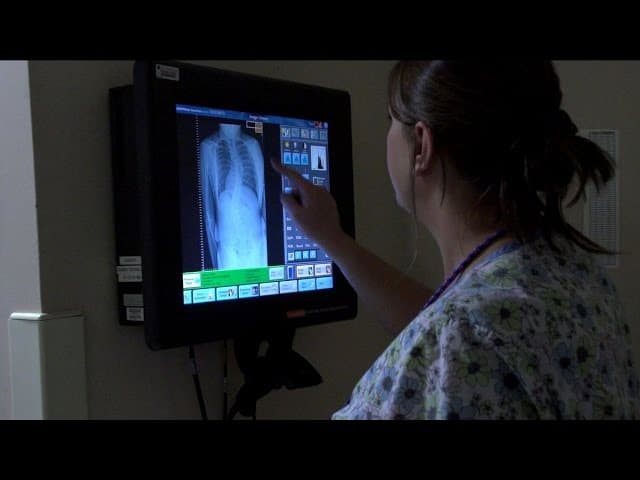Thanks to the dedication of our physicians and researchers, the dream that scientific breakthroughs will give doctors the tools and medicines to cure disease is becoming reality.
At Shriners Children's Chicago, doctors, biomedical engineers, clinicians, geneticists and scientists work to find new ways to heal and support children with complex medical needs.
The Shriners Children's Chicago research department specializes in:
Our physicians and researchers are actively engaged in ongoing research and are continually developing new and innovative ways to treat and care for children. Our Chicago research team is making breakthroughs in motion analysis to help care for children with orthopedic conditions such as clubfoot. Studies also seek to improve pediatric spinal cord injury evaluation and rehabilitation, and cleft lip and palate and craniofacial abnormalities. This work is changing the way that we care for patients with these conditions.
Through collaborations and the use of cutting-edge technology, our research department is currently:
- Studying movement to correct leg, ankle and foot deformities through surgery and the use of orthotics.
- Developing a Pediatric Quality of Life Inventory™ Spinal Cord Injury (PedsQL™ SCI) questionnaire to help medical professionals better evaluate the overall health and wellness of patients who experience a spinal cord injury in childhood.
- Using AI to analyze data and more effectively address the mobility challenges associated with orthopedic conditions.
- Creating a shared database of gait lab data, which includes an upcoming study focused on cerebral palsy.
- Improving treatments for craniofacial microsomia through access to better data (project funded by grants from Georgia Tech).
- The evaluation of the psychological, social, and educational impacts of having a cleft palate.
Working Together to Advance Pediatric Care
Shriners Children's Chicago hosts an annual research meeting for Shriners' spine surgeons, as well as a State of Research conference. These events are organized to bring together our network of researchers to provide updates, discuss their latest projects and share resources.
The Shriners Children's Chicago research program is an integral part of the system-wide Shriners Children's research program, driven to find cures and treatments that allow us to provide amazing care to children everywhere.

Funding and Support for Our Research Programs
Our research is made possible through funding and grants from:
- Shriners Children's national research funding
- Other philanthropic and industrial sources
Funding from our generous donors provides new hope and opportunities for children with orthopedic conditions, spinal cord injuries, rehabilitation needs, craniofacial and other pediatric conditions.
With a fully equipped state-of-the-art motion analysis center, our researchers at Shriners Children's Chicago are able to collect data that helps our physicians and specialists develop personalized treatment plans for our patients. The staff in our motion analysis center has worked with nearly 2,000 children since opening in 1989 and continues to perform more than 300 examinations a year.
Our motion analysis research includes the collection of data to improve treatment approaches to neuromuscular differences and deformities. This team is also developing new ways to help determine when athletes who have suffered from orthopedic injuries can safely return to participation in sport.
The data captured at our facility in Chicago is also used as part of our larger system-wide motion analysis research program, which aims to provide personalized treatment plans for our own patients while developing innovative treatment options for other children with similar conditions around the world.
Our Research Commitment

Innovation in Pediatric Orthopedics

Improving Spine Care Through the Pediatric Spine Registry


We Understand the Unique Medical Needs of Children
Research at Shriners Children's Chicago
Keep In Touch
Join our mailing list to stay up to date on everything that's happening at Shriners Children's.